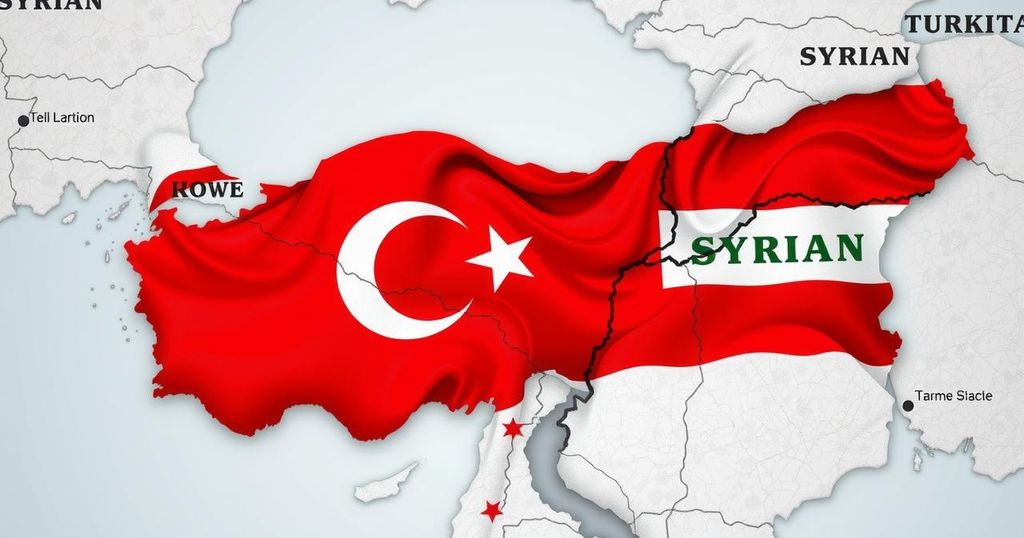The ousting of Bashar al-Assad has resulted in Turkey emerging as the main victor, while Iran and Russia face significant losses. The future dynamics will be influenced by the negotiations between Hayat Tahrir al-Sham and Turkey, particularly on the Kurdish issue.
The civil war in Syria has significantly shifted following the ousting of President Bashar al-Assad, which has resulted in considerable implications for regional powers. In light of the advance of armed rebel groups, particularly those led by Hayat Tahrir al-Sham (HTS), the Assad regime has been reportedly compelled to flee to Moscow along with his family. Analysts from military and industrial backgrounds in France, in their assessments for VOA Turkish, have concluded that Turkey emerges as the principal beneficiary of these recent developments, while Iran and Russia are perceived as the primary losers. The analysts emphasized that the forthcoming negotiations between HTS and Turkey—especially concerning the Kurdish issue—will play a critical role in determining future dynamics in the region.
Since the onset of the Syrian civil war in 2011, the situation has continually evolved, marked by the changing power dynamics and the roles of various local and foreign entities. The recent developments prompted by military actions and political maneuvering have particularly altered the standing of key regional players. Turkey’s involvement, in contrast to the perceived setbacks for Iran and Russia, highlights the geopolitical complexities that define the ongoing conflict. Understanding these nuances is crucial for grasping the broader implications of Syria’s civil war.
In summary, the turmoil following the recent developments in Syria has revealed notable shifts in power dynamics. Turkey’s ascendance as the beneficiary of these changes positions it favorably in comparison to the evident setbacks faced by Iran and Russia. The future trajectory will largely depend on the negotiations between HTS and Turkey, particularly regarding crucial issues involving the Kurdish population.
Original Source: www.voanews.com






